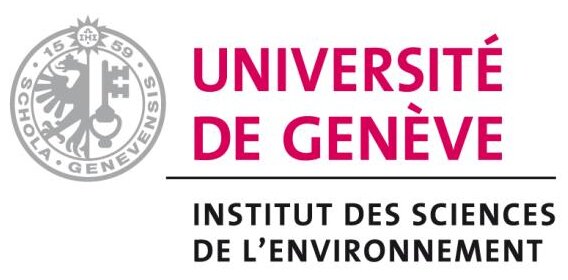Research at the Chair for Energy Efficiency at the University of Geneva (UNIGE-EE) is mainly focused on the environmental and the economic assessment of technologies, processes, products, and services as well as the evaluation of policy programs related to energy efficiency. The main research focus in the context of industrial processes includes techno-economic bottom-up modelling of energy efficiency potentials, economic assessment (micro & macro) and Pinch Analyses.
In WP4 of the DecarbCH, UNIGE-EE primarily contributes to Task 4.1 in the context of the construction of the database of temperature levels for the industrial processes based on the past experiences of Pinch studies as well as based on the literature surveys. The results of Pinch Analysis will also be used to contribute towards the construction representative Grand Composite Curve at the level of industry sub-sector (Task 4.3).
One example of a recent Pinch Analysis conducted by the UNIGE-EE is the identification of waste heat recovery potential for a chocolate factory. The analysis was performed using PinCH 3.0. The studied chocolate factory included processes that take place up to the temperature of 120 °C. Apart from process heat integration for the roasting process that takes place at high temperature, relatively narrow temperature ranges for rest of the processes in chocolate production also presents opportunities for the heat pump integration. The studied chocolate factory has a continuous requirement for refrigeration.
Waste heat from condenser side of the refrigeration is available at 25 °C. Heat is also removed from the conching process which is available at 21 °C. Hot water needed to keep the chocolate mass in liquid form is produced throughout the production campaign at 45°C. Waste heat available from these two sources can be valorized through heat pump and used for hot water production resulting in approximately 15% of annual energy savings.
